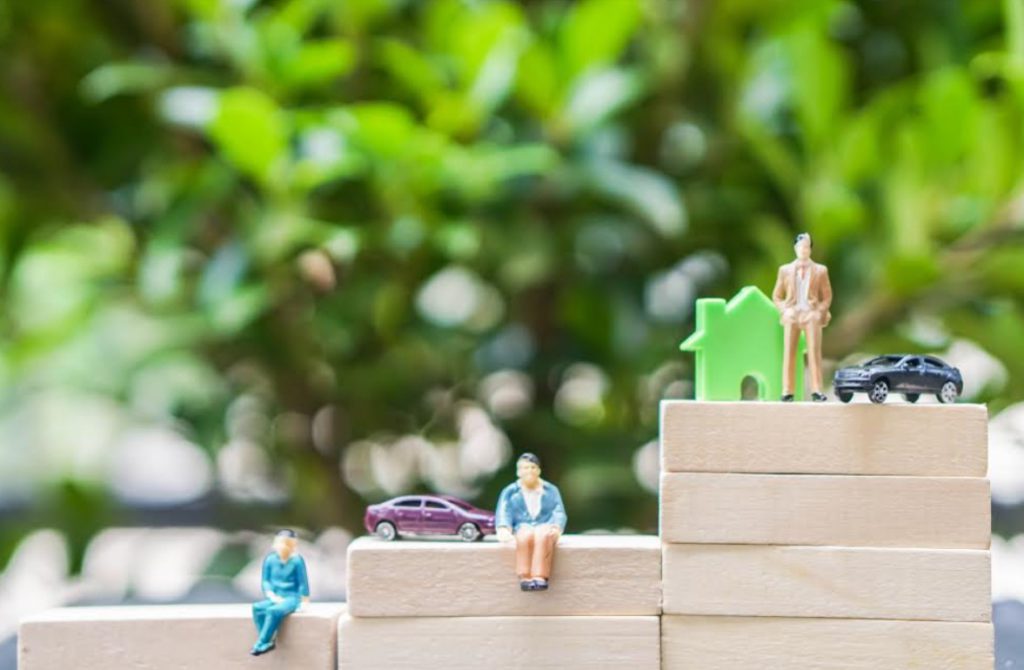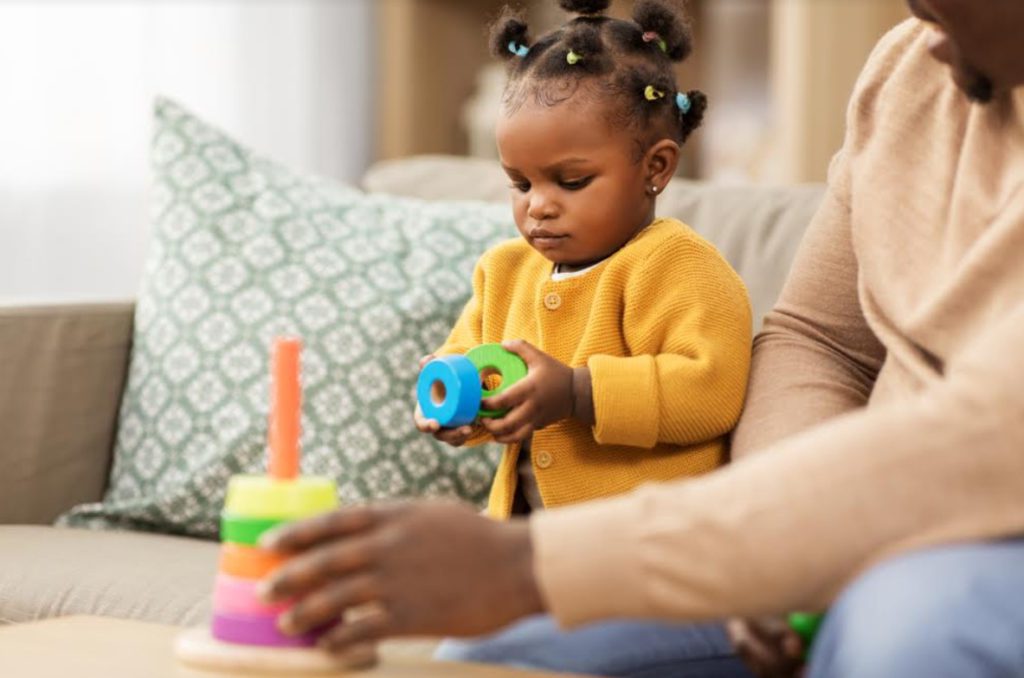Many factors influence a child’s growth in the formative years. Some factors, such as genetics, are out of parents’ control, while some other factors are well within their control. Several studies have shown that there are many environmental factors affecting a child’s development or growth. Thankfully, parents can influence the kind of environment in which their children are raised.
There is no doubt that the world we live in plays a major role in shaping who we become. Therefore, it becomes your responsibility as parents to provide an enabling environment that encourages the positive growth of your children.
In this post, you will learn more about the major environmental factors that can affect your child’s growth and what you can do to provide a positive atmosphere for your children. Keep reading!
What are the environmental factors that affect growth?
Generally, child growth and development are affected by 4 major types of environmental factors that are discussed below:
- Physical environment:
This refers to the space and location in which a child grows. Research shows that the effects of the physical environment such as housing, community, pollution, and neighborhood quality can affect the psychosocial development of the child.

The physical environment a child grows up in affects their health, learning, and behavior. For example, a child who grew up in a dirty environment is more prone to several diseases related to hygiene. This can be detrimental to the child’s physical or mental development.
- Social environment:
These are those factors that affect the type and quality of relationships a child will form throughout their lives. Usually, these relationships include relationships with family, friends, schoolmates, and the neighborhood where they reside.
Examples of a child’s social environment include school facilities, recreational centers, religious facilities, and any other place where they spend a considerable amount of time socializing.
- Economic environment:
This simply refers to the financial situation in which a child grows up. Research has shown that the most avoidable negative impact on a child’s development is as a result of economic disadvantages.

Good health care, standard educational facilities, proper nutrition, and equal access to privileges are some of the things children from low-income families suffer. Research has also shown that children from financially disadvantaged homes are more likely to perform poorly in school than children from economically stable homes.
However, it is important to note that this is not a fact, but a possibility. With effective planning and proper management, children from financially disadvantaged families can still excel academically and socially.
- Emotional environment:
The home is the first environment for any child. From birth, the emotional environment children see and feel around them will shape their personality. This factor may include learning what emotions are, learning empathy, understanding and communicating their feelings as well as managing those of others.

Research shows that children that grow up in loving and stable homes tend to develop confidence, which can improve their behavioral, emotional, and cognitive abilities. On the other hand, children who grew up in poor emotional environments have been linked with mental health issues such as anxiety and depression later in life.
To improve your child’s emotional environment, you can look into this post to learn about positive parenting techniques.
How can I create an environment that promotes development?
While nature plays an important role in child development, it is not absolute. The nature versus nurture debate in child psychology has been going on for the longest time. Nature describes the hereditary aspects such as genes which will determine the physical traits and personality of the child. Nurture, on the other hand, points to external environmental factors that can help a child’s brain develop better.
Conclusively, parents can help their children reach their developmental potential by creating a positive environment for growth and development. Here are some ways in which parents can create an environment that promotes development:
- Love: Provide stimulation in form of love and affection. This will help your child grow up to be confident and independent. In addition, a peaceful and loving family can help your child build strong interpersonal relationships.
- Nutrition: Ensure that your child’s nutritional needs are met. Pay attention to the kind of diet you feed your child because proper nutrition can have a huge impact on physical and cognitive growth. Malnutrition can cause deficiency diseases that can negatively affect the growth and development of your child.
- Social relationships: Encourage your children to create positive social relationships. Children learn how to socialize mostly through interactions with other people and their surroundings in their formative years. These interactions equip them with good habits and skills they will need later in life.
- Physical environment: As much as you can, ensure that you provide a conducive physical location for your child to grow up in. For example, a loud and crime-filled neighborhood may have adverse effects on the development of your child.
- Exercise: Proper exercise will help your child grow well and strengthen the immune system. You can encourage physical activities like sports or any other play activity for about 1 hour every day. This will keep your child healthy and promote normal growth and development.
Conclusion
While some of the factors that determine your child’s growth and development are beyond your control, some are controllable. You can decide how to manage these factors within your control for your child’s growth and development. To do this, you need to understand the impact of these factors on your child’s development.
Thankfully, the scope of this article has accurately covered all you need to know. You are now one step closer to creating a thriving environment for your precious child to grow physically, mentally, and emotionally.

